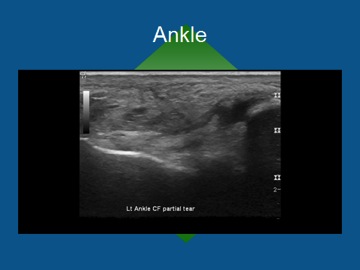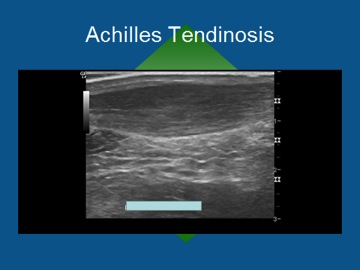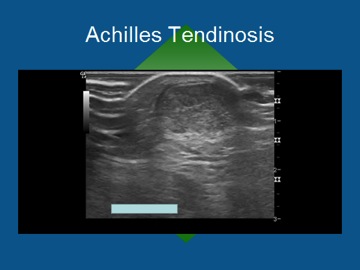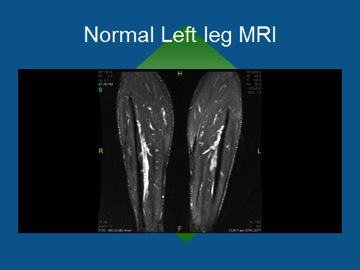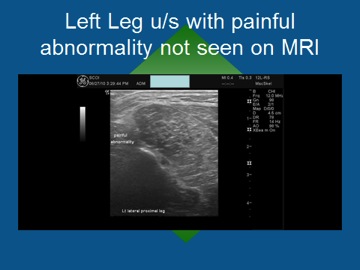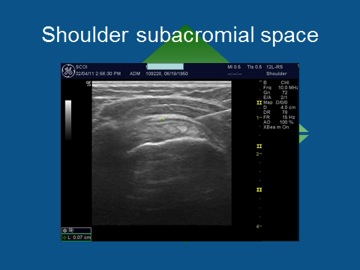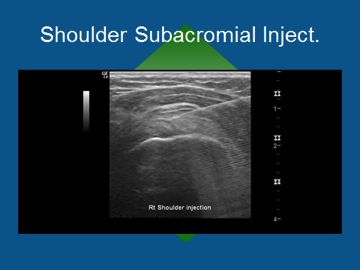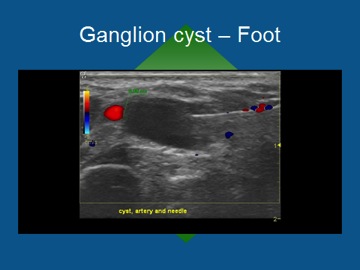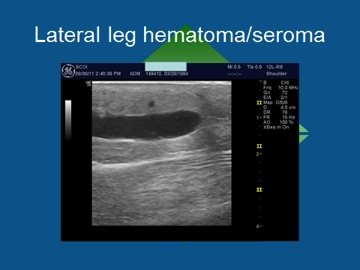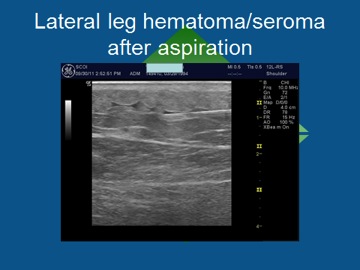Musculoskeletal Ultrasound
The advances in ultrasound technology over the last several years have allowed physicians to expand their expertise in diagnosis and management of musculoskeletal injuries. Structures that were only previously seen on MRI or CT scan can now be seen in even more detail and are able to be observed while in motion. At Southern California Orthopedic Institute, our physicians have been trained in the use and implementation of Diagnostic and Therapeutic musculoskeletal ultrasound to provide our patients with the most innovative and lead invasive technology available.
Ultrasound gives our physicians the ability to do the following:
- Greatest modality to evaluate soft tissue (tendon/muscle/ligament) or bony surface structures
- Live/dynamic testing (moving body parts during the exam gives the physician much more information than a static, stationary photograph as in MRI/CT)
- Easily tolerated by patients (no problems with claustrophobia and no radiation exposure)
- Use of Doppler during the exam (allows the physician to see if there is any blood flow in/around the area of question or if the fluid collection seen is a vascular structure)
- Highly portable (can be transported easily to training rooms for evaluation of athletes at many locations)
- Evaluate possible foreign bodies (glass, metal, wood, etc)
- Evaluate calcific deposits
- Much lower cost to patients than MRI/CTscans.
Examples of Diagnostic Musculoskeletal ultrasound:
Ultrasound can also be used to help with treatment of many conditions and to guarantee accuracy of needle placement. Recent medical literature has shown that physicians can increase their accuracy of shoulder injections from 65% (“blind”) to 100% by using ultrasound guidance.
Ultrasound guided procedures:
- Guide needles for 100% accuracy
- Injections (cortisone, Arthrograms, or Barbotage)
- Aspirations of joint fluid/effusion, hematoma, cysts, etc.
Some limitations of ultrasound have to be considered as well:
- Cannot see into joints
- Cannot see through bone
- Operator dependent
- Limited depth of penetration
Many of the physicians at the Southern California Orthopedic Institute are trained in musculoskeletal ultrasound. We are able to give point of service care with these diagnostics and procedures that are not offered elsewhere.
